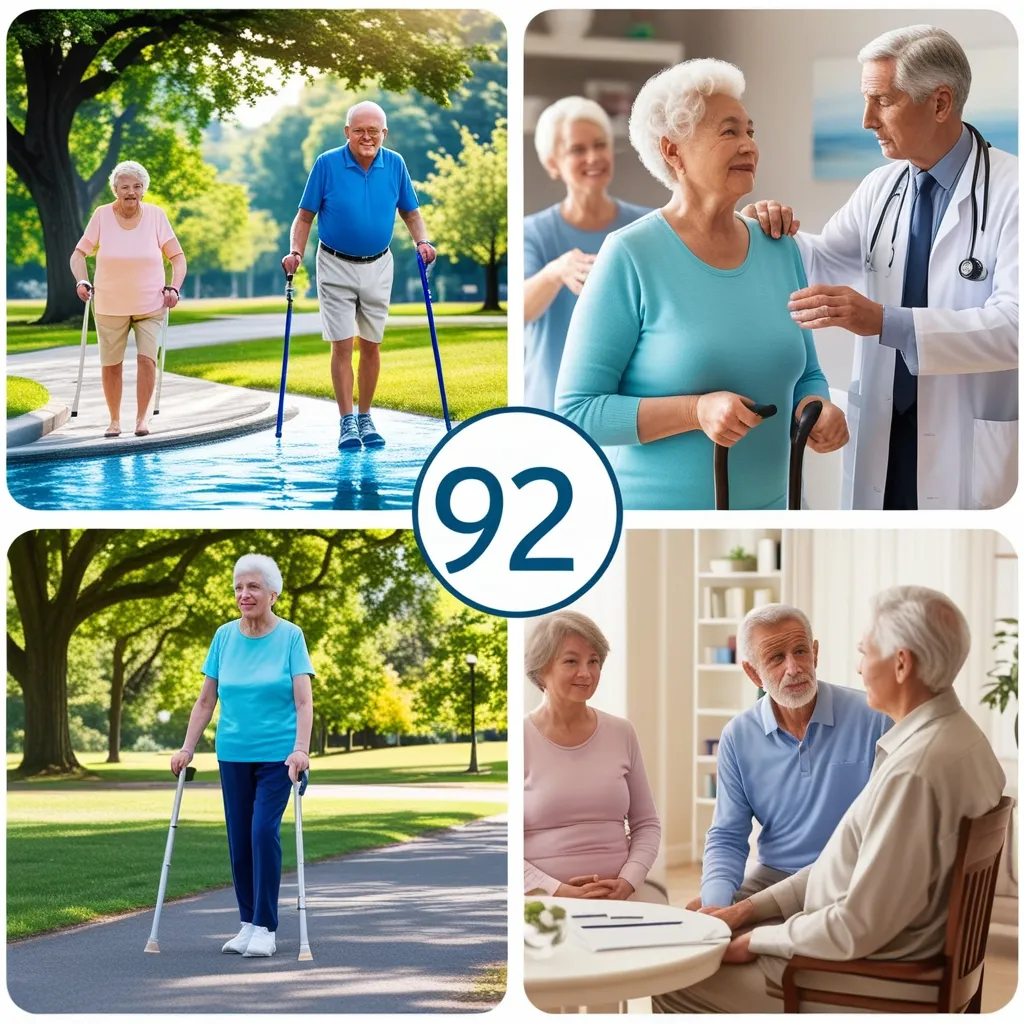Osteoarthritis, often nicknamed the “wear and tear” arthritis, is the most prevalent form of arthritis, impacting millions globally. This condition is like the unwelcome guest that overstays its welcome, affecting joints all over the body. It mainly targets the hands, knees, hips, lower back, and neck – basically, all the places you need to stay active and pain-free.
The Lowdown on Osteoarthritis
Back in the day, people thought osteoarthritis was simply about aging and joints that had clocked too many hours. But now, it’s clear that this is a more intricate beast. It messes with multiple tissues within the joint – think cartilage, bone, ligaments, fat, and the fun-sounding synovium, which is the joint lining. This condition breaks down cartilage, changes the shape of bones, and causes inflammation. The result? Pain, stiffness, and movement that just isn’t as easy as it used to be.
What It Feels Like
Symptoms of osteoarthritis can play out like a bad movie that doesn’t end. The pain in your joints might get worse with movement or as the day drags on. After sitting still for a while, you might feel stiff, but luckily that stiffness often disappears after you get moving for about 30 minutes. Flexibility? Reduced. Range of motion? Not what it used to be. Sometimes joints get tender or feel like they’re full of gravel when they move.
If it’s in your hands, you might notice bony growths making your fingers look swollen and red. Knees might make a grinding noise, which can be as delightful as it sounds. Hips can radiate pain all the way to your groin or buttocks. Even your spine can get in on the party, leading to stiffness and pain that might escalate into spinal stenosis, yet another unwelcome guest.
Why It Happens
No one’s quite pinned down the exact cause of osteoarthritis, but there are some known culprits. These include genetics, past injuries (like torn cartilage or blown-out ligaments), and being over 50. Carrying extra weight doesn’t help either, especially since it’s like asking your joints to carry extra luggage all the time. Certain jobs and activities that involve heavy lifting, a lot of kneeling, or endless climbing can also increase the risk. Women, particularly post-menopause, seem to draw the short straw when it comes to this condition.
Beyond the Joints
Osteoarthritis isn’t just about sore joints. The associated pain and immobility can make staying active a real struggle. This can lead to weight gain, which is a gateway to other health issues like obesity, diabetes, high cholesterol, heart disease, and high blood pressure. Plus, weak muscles and poor balance from the condition make falls and fractures more likely.
How It’s Diagnosed
To get a handle on whether you’re dealing with osteoarthritis, doctors will usually start with a chat about your symptoms and medical history, followed by a physical examination. Imaging tests like X-rays or MRIs can help confirm the diagnosis, and sometimes joint fluid analysis might be done to rule out other potential issues.
Treatment and Living With It
There’s no popping a magic pill to make osteoarthritis go away, but managing the symptoms is totally doable with the right approach. The main goals are to cut down the pain, keep moving, and maintain as much joint mobility as possible.
Meds and Physical Therapy
Pain relief can start with over-the-counter meds like acetaminophen or ibuprofen and may scale up to stronger prescription options. Physical activity shouldn’t be skipped either. Exercise helps keep joints limber, strengthens supporting muscles, and boosts overall function. There are a few types of exercises that can be particularly helpful:
- Range-of-Motion Exercises: These help keep your joints flexible.
- Strengthening Exercises: Using light weights or resistance bands can bulk up the muscles that support your joints.
- Aerobic Exercise: Activities like walking, cycling, or swimming can help with weight management and overall health.
Changing Up Your Lifestyle
Life hacks for dealing with osteoarthritis include keeping your weight in a healthy range to reduce joint strain, switching out high-impact activities for low-impact ones, and using things like hydrotherapy to stay active without increasing pain.
Gadgets and Surgery
Sometimes, tools like canes, walkers, or customized shoe inserts can make a big difference in managing pain and getting around. In severe cases, when the joints are beyond repairing themselves, surgery might be the answer. This could involve fusing joints or replacing them altogether with artificial ones made from metal, plastic, or ceramic.
Making It Work
Living with osteoarthritis doesn’t mean giving up on the good life. Many people keep their days active and fulfilling by sticking to a game plan that includes staying physically active, maintaining a healthy weight, and combining medications, physical therapy, and lifestyle changes to keep symptoms in check.
In the end, osteoarthritis is a multifaceted condition that needs a comprehensive approach for managing its symptoms and improving life quality. By understanding its root causes, recognizing the signs, and exploring treatment options, it’s possible to maintain mobility and independence even while wrestling with this condition. So, take a proactive stance, stay informed, and don’t let osteoarthritis call the shots on how you live your life.






